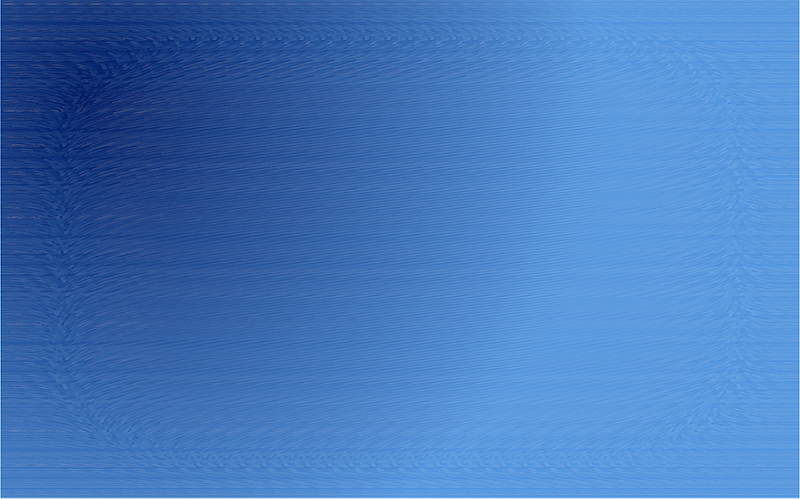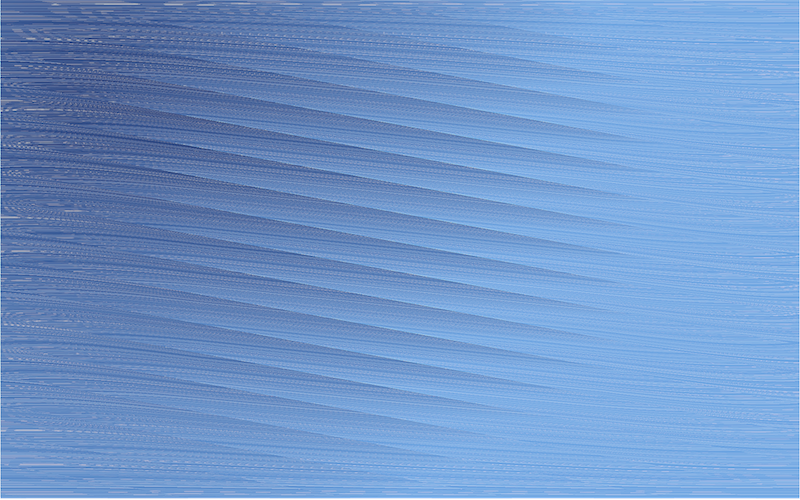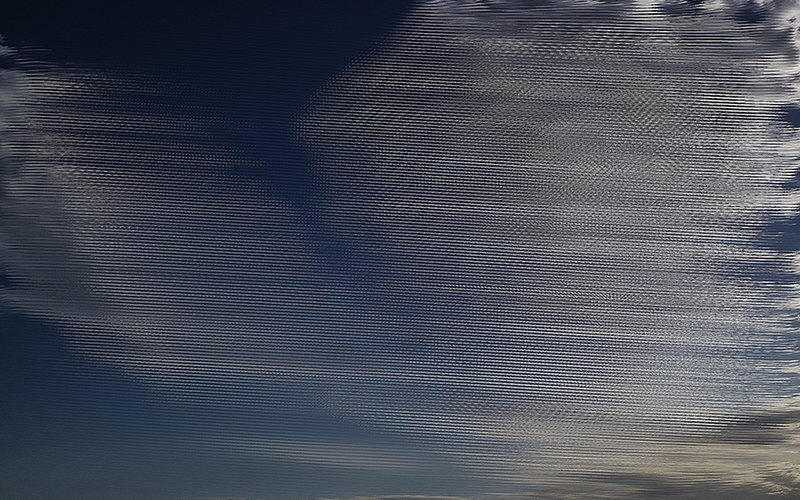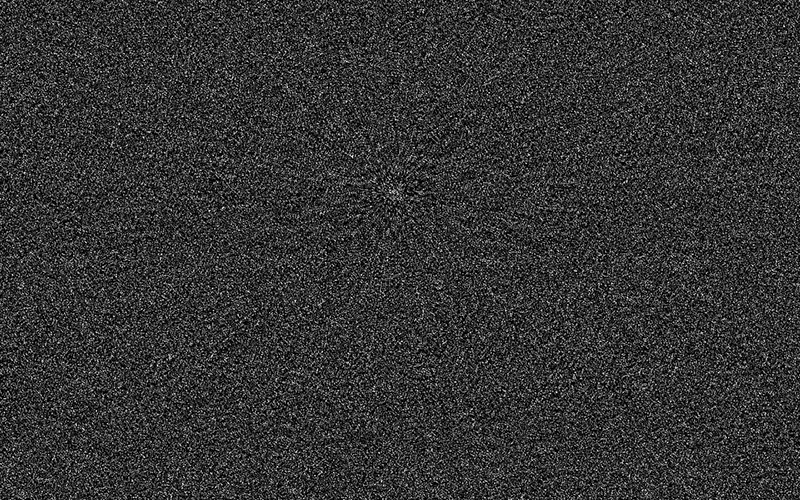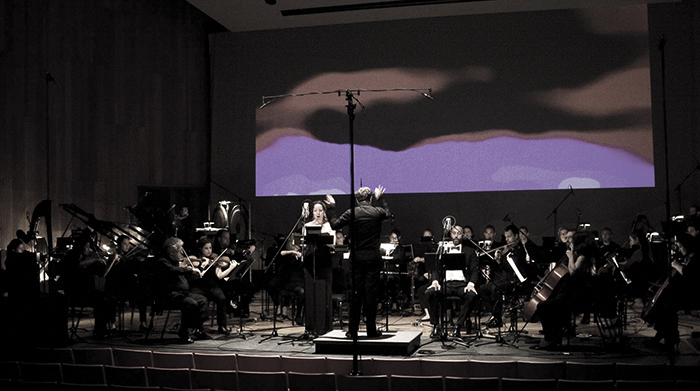06_2015
+++++++++++++++++++++++++++++++++++++++++++++++++++
Les Quatre Temps Cardinaux is a 55-minute complex piece for two solo voices, a 35-piece orchestra, and twelve channels of electronics from David Felder. JT Rinker and I were in charge of the electronics. Also, I created the video part. Commissioned in 2011 for the Serge Koussevitzky Music Foundation in the Library of Congress. the piece is dedicated to the memory of Serge and Natalie Koussevitzky. The work was composed from fall 2011 through spring 2013, and was written for Ensemble Signal, The Boston Modern Orchestra Project and the Slee Sinfonietta, and for singers Laura Aikin and Ethan Herschenfeld. Additional support was provided by the Robert and Carol Morris Center for 21st Century Music at UB, the Cameron Baird Foundation, the Birge-Cary Chair at UB, and the American Academy of Arts and Letters.
poem
It features texts by four poets, Pablo Neruda (Full Powers), Robert Creeley (Spring Light and Buffalo Evening) Gioia (Insomnia), and the central poem by René Daumal. Each of the poems warmly affirms time positioning and varying qualities of light as central to our sensory and internal experiences. The Daumal serves as the central poem, a cross, indicative of a trans-personal “Great Time” around which the other poems turn, as specific markers of events on a more intimate, personal scale. Here is Les Quatre Temps Cardinaux from René Daumal:
La poule noire de la nuit
vient encore de pondre une aurore.
Salut le blanc, salut le jaune,
salut, germe qu’on ne voit pas.
Seigneur Midi, roi d’un instant
au haut du jour frappe le gong. Salut à l’oeil, salut aux dents,
salut au masque devorant toujours!
Sur les coussins de l’horizon, le fruit rouge du souvenir. Salut, soleil qui sais mourir,
salut, bruleur de nos souillures.
Mais en silence je salue la grand Minuit, Celle qui veille quand les trois s’agitent.
Fermant les yeux je la vois sans rien voir par delà les ténèbres.
Fermant l’oreille j’entends son pas qui ne s’éloigne pas.
As David Felder said, the Daumal poem is the next to last poem he ever wrote. It is indeed a kind of transcendental poem. The subject in the perspective is kind of transpersonal. It’s concerned with the spiritual man, the higher man. Daumal died at 36 from tuberculosis, but his short life was full of inspiration.
Daumal ended up rejecting what might have been considered cutting-edge avant-garde modernist thinking, in favor of finding something eternally poetic. It turns out that Uday Shankar and his troupe of dancers and musicians came to the West in the 1920s and 1930s. Daumal became the traveling secretary for their performances. He taught himself Sanskrit because he didn’t believe there were good translators in the West. He translated 15th-century treatises on drama music and theater. An artist’s role in society can be completely different from what we think. The line between art and its purposes is sometimes completely distorted.
computer art and composition
I often joke by defining myself as living between the mid-1960s and the mid-1980s. I am indeed interested in symbols, signals, and the relationship between both. Would that be what we used to call computer art as the one shown in the book White Heat Cold Logic? I would like to experience once again the typical smell of hot electronics in the computer room where my father used to work. This period was indeed important for formalized composition and would eventually lead to a bunch of assisted and automatic writings. George Stiny and James Gips did not write Shape Grammars and their Uses by chance within these particular decades. In music composition, Philippe Manoury continued to use such formalisms until nowadays; he explains his musical generative grammars cleverly and beautifully. But only a minority use such conceptions today. Thanks to the increase and democratization of computation power, the tendency turns more into global controls such as stochastic, random, chaos, many self-organizing or even machine learning systems. Many pieces rather use a general and meta control and not much of a discreet organization of elements one by one.
The approach of composition with discrete elements (symbol processing) seemingly changed over the past decades. There are plenty of exceptions though. But strangely, categorizations of artistic practices often did not take these changes into account. At least in Europe, nothing really changed yet from the important turns initiated by computer art in the XXth century. The term “computer arts” was consequently intentionally replaced by “digital art”, the software replaced the hardware. It is not the case with more general conceptual art which radically changed the social environments. I believe the main reason comes from the fact such categorizations of practices if needed, are more for “art audiences” rather than “art practitioners” themselves. Classifications of practices are often much more complicated than the public might think. Politicians should put the question upside-down and rather classify audiences: themselves. Just for the anecdotal, I could personally experience that the jury for the 2015 Villa Kujoyama residency naively does not understand the possible wideness of composition in “digital art”.
minimalism
Composing with elements, or classes, undoubtedly brings us questions about minimalism alongside its definition. The fact this style uses parsed-down elements is well-known. Systems music is a rather good example. But this genre can also be seen from the angle of complexity: ratio of control and un-control, amount of understandability, and measure of amounts themselves. I often wonder what is the relationship between general control, possibly leading to higher complexity, and the question of purity. For instance, should some pieces emerge from many (industrial ?) iterations or from a unique and crafted combination of elements? In other words, can minimalism exist with poly-morphic entities? Does a richer minimalism come from one particular maturity of the style? Maturity could also be the opposite thus an even more efficient control of purity.
These questions about an eventual artistic entropy do not concern the definition of the style itself. It is more interesting to consider why a concept about something minimal can lead to its whimsicality. Some audio or visual composers concentrate their work on signals and symbol processes in a separate way. It is nevertheless not an obligation. For instance, Peter Kogler thinks more about perspective globally and continuously than Vera Molnar. Pe Lang and Zimoun nevertheless show there are many exceptions. The exhibition Quantum of Disorder at the Museum Haus Konstruktiv also reminded once again that there is time in perspective and vice versa.
One previous piece of mine called Kaspar is often categorized as a minimalist piece that resides a certain complexity when one looks closer. I am interested in doing so the use of scales and perspectives. The visitor is invited to read the piece as one would read a musical score. The piece then contains a complexity that is dosed carefully. Minimalism is in that case only a focus. It only resides in the fact the piece is a question of dosage alongside the disappearance of other elements judged as being parasites for the main subject. This is one reason for its black and white color for instance.
All these thoughts mean that the way I conceive minimalism is not the “canonical” artistic movement one would think about. Geometric patterns or a simple suite of chords is not always linked to minimal; it is sometimes also just a start-off or a unitary constituent for a piece. It is the first step for a richer construction or a public presentation that would enrich it. Simple patterns, composed together, follow the natural idea of procedural complexity built from computation.
formalization, spontaneity and transcendence
Pierre Alexandre Tremblay made me realize the gap between the level of formalization I am trying to reach and the actual strong spontaneity I involve in pieces. Formalization, whether it is ostensibly shown or totally subconscious, is far to be everything in an art piece. The final artwork is perceived and controlled by so many elements it becomes a complex system, different for everyone, everything, and at any moment. The way one understands and apprehends the “purity of a piece” varies on many factors. The notion of minimalism as I conceive it is then totally subjective. It is not minimalism but a rather personal conception of both the construction and perception of pieces that do not have to be part of the minimalism style. One could almost talk about “the amount and awareness of minimalism” in every piece.
In his book A New Kind of Science, Stephen Wolfram somehow generalizes how the world could be understood from computation and iterations. It can be applied to art forms, although there is no exclusivity at all to follow this direction and conception. It can be one link leading from concept to nature and reality; at least a build-up personal “universe” that the public would eventually explore. The notion of concept does not have to be linked with a conceptual art where the artist presents a concept or can formalize his work. It is neither an obligation for the public to see or understand the concept. Maybe only people who analyze pieces are the ones who would consider concepts in all pieces to better understand the construction outside the artist’s or public’s views. Let me remind that the concept of concept is rather wide. It can be something from a geometric evolution to the presentation of some social opinion. But it very likely has to be socially defined as art. For the records, Robert Morris did declassified one of his pieces as being a signed art piece when a buyer refused to pay him.
Since the beginning of this article, we have been talking about construction resulting in a piece of art. It can also be the other way around; deconstruction would start from existing elements and end with a piece by subtracting them. The notion of minimalism can also be conceived this way; removing the right amount of complexity and eventually reaching purity or perfection. It is a complexity -1. The additive artistic process is not in opposition to the subtractive one. They actually both constantly interact in the construction of a piece, and things are anyway dependent on the point of view. Both additive and subtractive are the cause and the consequence of one another.
complex nature: naturalist, figurative and abstract
René Daumal’s realist work tends to appreciate the truth and beauty of nature and its bias thru human eye and light. It is therefore a very photographic poetry. There are similarity with Richard Mosse and Jeff Wall works and conceptions. On one hand, Richard Mosse employed the discontinued military surveillance film Kodak Aerochrome, which sees infrared light and renders plant life a lurid shade of pink (Gilbert Nouno made me discover this). Ben Frost made the music for his film The Enclave: here is an interesting article about it. On the other hand, rather than using the medium alongside today’s society like Mosse, Jeff Wall elaborate tableaux that take on the scale and complexity of nineteenth-century history paintings. The three artist work on reality and its medium: biased figurative aspects are as much of scalars and factors as they are for minimalism. Concepts in a piece, different from ideas, are social, historical, human, etc. They also result, and induce a certain complexity of simpler entities and compositions. Figuratism and naturalism would then just be another assembly and construction of patterns; it would just be much richer and more complicated. It is another step of generative computer art from the 1980’s; taking social, sensitive, and natural factors into account within its formal concepts.
It would nevertheless be rather naive to only consider such artworks from this only angle of view. Believing in total and direct formalization is indeed a usual trap often found in computer art. The depth of simpler construction entities is infinite. Human receptive intelligence is most often forgotten. David Tudor also adds a corporeal imagination to that intelligence. He does not describe it in religious terms but rather as a pianist. Can metaphysics and symbolism then be formalized? For what purpose would it need to be? Aren’t their definition avoid it? Would there be a link with Kurt Gödel‘s incompleteness theorems ?
There can therefore be a continuum between naturalism and abstraction in the case of Les Quatre Temps Cardinaux. For instance, I personally did read Daumal’s poem in various ways. Some are rather straightforward. Some others are more specific to the abstract musical context when used as a pure source for specific musical processes. Using my voice for both situations provides unity in the final piece. Reading by breathing has for instance two meanings. It first would give the impression the text is said backward and thus give an impression of suffocation. But this strangle also goes alongside a musical interest.
electronic music
The continuity between naturalism and abstraction is also present in the electronic part which was done alongside JT Rinker and David Felder. It provides an underlined counterpart of the instrumental part. Most of it has been created from pre-recorded voices. Various re-synthesis techniques using psola, linear predictive coding, or other classical formant syntheses were used (the usual but still good fof and paf). Spoken texts could then sometimes have several voices, at various pitches and tempi, converging to one single unison voice. The separation between voiced and unvoiced zones allow the creation of a moving border between text, its meaning, and a certain musical abstraction. Rich noises extracted from voice are sometimes time-stretched and then articulated spatially. Also, the use of overlapped vowels creates long chords to enhance parts from the orchestra. This is all very far from Atom tm and his marvelous Wellen und (David) Felder; the use is more “musical”, it transports fewer words.


Arnolfini Portrait and a closeup of its centered convex mirror
video
The video part I composed is rather abstract most of the time. But it starts from figurative images such as landscapes from Arizona. It all begins with heavy and long clouds in a blue sky that almost imperceptibly gets distorted over a long time. Slow motion has no dramaturgic use unlike Bill Viola; it is rather a way to trick the internal rhythm of the audience into thinking images are fixed. Clouds seem indeed fixed and later get to some particular abstraction; toward one complexity. It goes from stiffened patterns (particle) to fluid forms (wave). Movement can come either from the space inside each frame or from time itself between frames. The plugin Twixtor is used to interpolate between fixed images. This brings control over time and thus articulates the piece. A huge amount of work using interferences and optic distortions creates poly-rhythmic patterns on each frame. I used tiny patterns in each frame which also change over time because the overall piece is an orchestral music piece and its visual part can somehow be seen as a score. The use of high resolution and details is therefore important.
Jan van Eyck Arnolfini Portrait is considered being one of the most original and complex painting in Western art because of the iconography, the unusual geometric orthogonal perspective, the use of the mirror to reflect the space, and that the portrait is considered unique by some art historians as the record of a marriage contract in the form of a painting. The center of this 1434 painting shows a convex mirror which provides a mise en abyme of the scene with a “high resolution”. The droste effect adds one more dimension to the 2d painting and all the recursions are located at the very center of the scene. Everything is here. This painting has all the characteristics involved in the video part of the Les Quatre Temps Cardinaux. Only the interpretation of randomness by the eye is missing; I used Perlin noise, simplex noise and grain effect from specific analog cameras. The composition of abstraction within a figurative context, the notion of perspective and center, the idea of scale, and perceptive definition. The impression of ultimate control, of purity is given by the abstract “geometry“, “composition” of the painting is by itself an abstract masterpiece transcending the final naturalist image of a double portrait of married characters. The link between abstract purity and figuratism is here done by the naturalist intentions of Jan van Eyck.
Les Quatre Temps Cardinaux indeed uses similar ideas more flatly. Four major colors correspond to each section: green, blue, red, and finally grey. But all parts make use of the same concepts. The piece indeed superposes and delays several layers of similar patterns creating spatial moirés on each frame and timed rhythms between frames. There is also analogy with Mandala: a center of symmetry is obviously represented in almost all the images of the piece. It metaphysically, or symbolically, allows the audience’s attention to concentrate more on the music rather than the visual part. The initial spark spreads from the center of the screen to the concert hall and is dedicated to the sonic music piece.
Here are some other snapshots of the video part. The last pictures are from Irene Haupt. Video extracts will eventually be provided when I have the right to diffuse the music too.
+++++++++++++++++++++++++++++++++++++++++++++++++++
+++++++++++++++++++++++++++++++++++++++++++++++++++
+++++++++++++++++++++++++++++++++++++++++++++++++++
+++++++++++++++++++++++++++++++++++++++++++++++++++
+++++++++++++++++++++++++++++++++++++++++++++++++++
